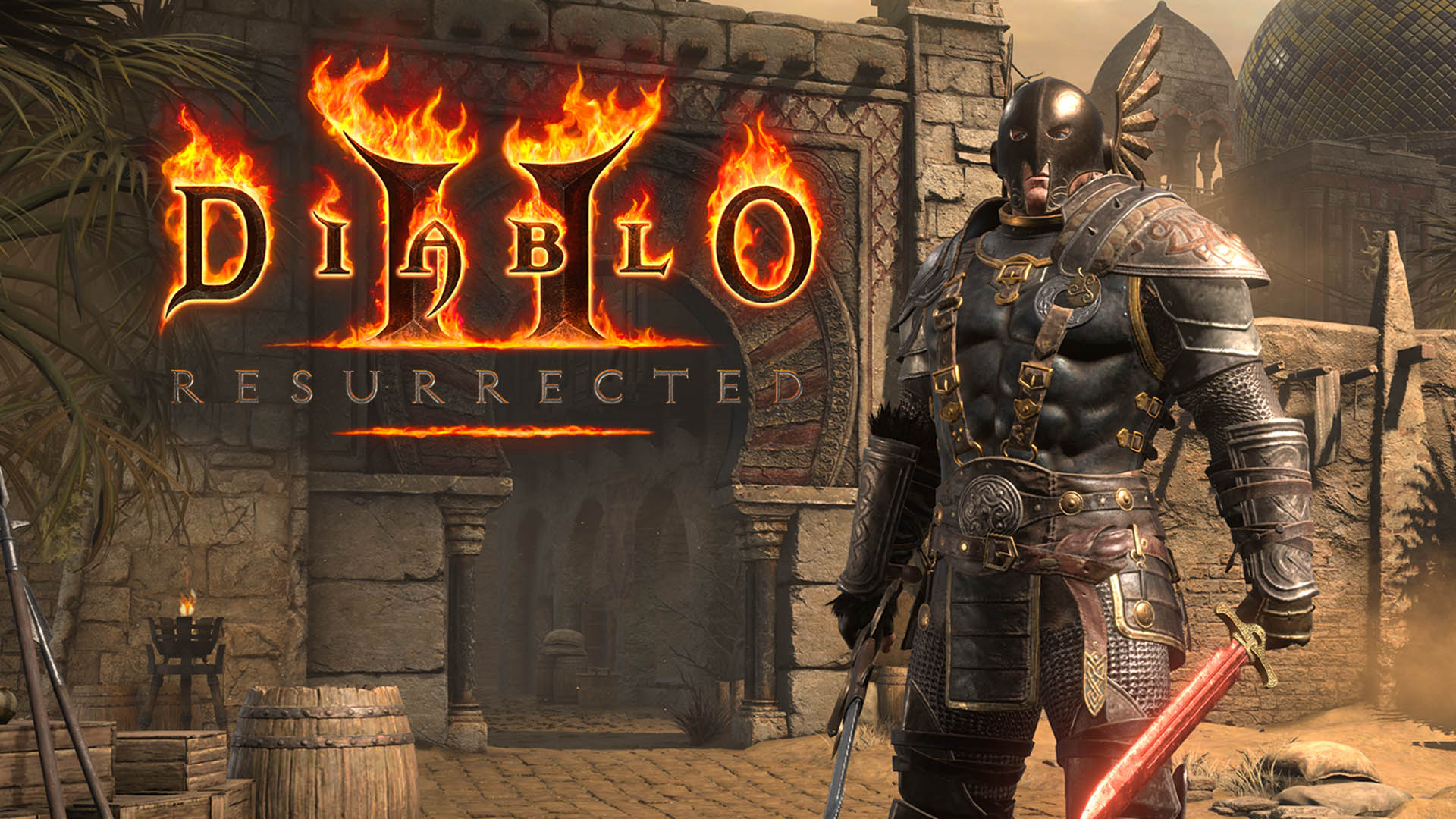

Balancing realism - like dropping a wooden club into a dark and muddy forest - with player accessibility - like shining a bit of light on that club to highlight that there's actually something there - took a long time to get right. The act of bringing such a dark and gritty game into a modern frame was a huge challenge for the team. Gallerani then chimed in to explain that the team never wanted the player to have more or less information when toggling the graphics. And that's something we absolutely could not have. And it was clear that if we enabled that, light was going to bounce in too many places, and we were going to end up with a game where the visibility was going to be different from the original. The graphics team really wanted to look at how to do some really sophisticated global illumination, for example. There was one point in time where we went even further from a lighting standpoint. There was a struggle to balance the darkness of the game with modern realism and global illumination.

When asked about modernizing the visuals of the game and some of the issues it created elsewhere in the game, Bukowski said the art team had a rule that kept 70% of the original feel with 30% leeway to make changes. The team is going to take time to ensure the game is running smoothly before turning on the competitive play. On that note, the first ladder season won't be live at launch.

No one uses the term "ladder" anymore to talk about seasonal play, but it's one thing that the team just couldn't mess around with. And some things were just too iconic to change.


 0 kommentar(er)
0 kommentar(er)
